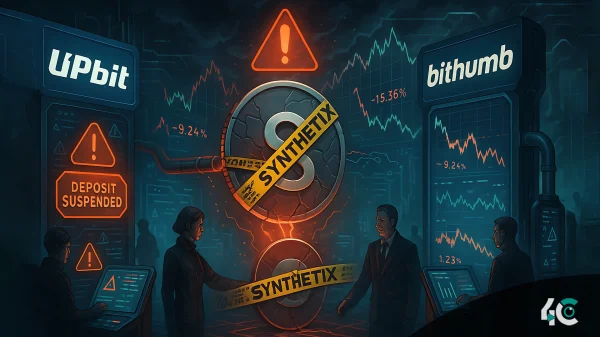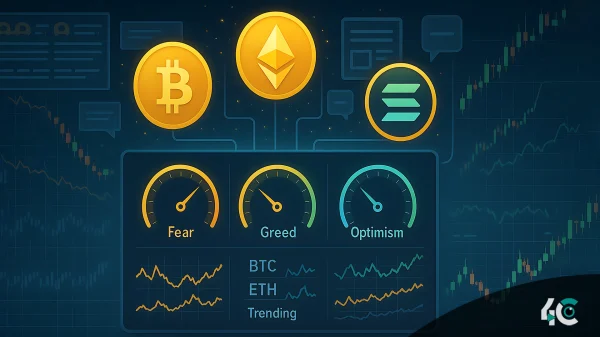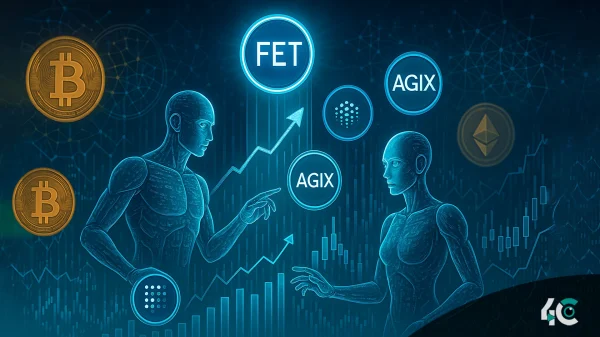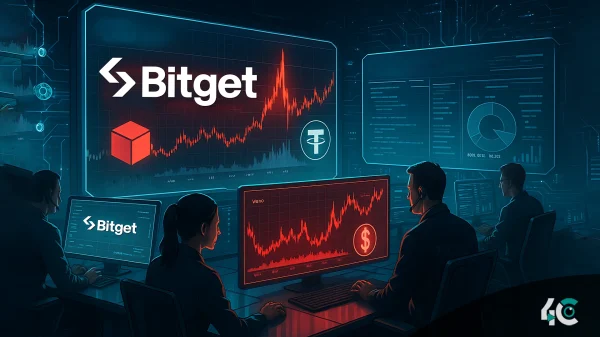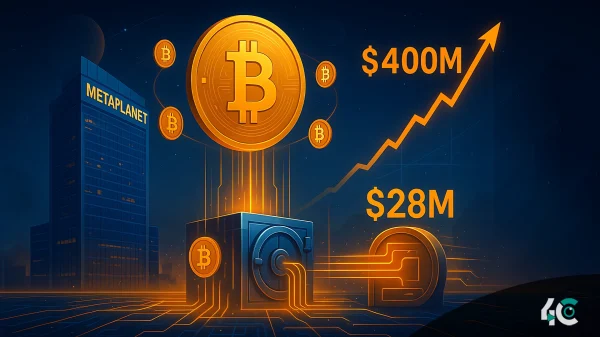Following the April Bitcoin halving, miners are reevaluating their strategies, focusing on cost reduction and using AI to navigate the industry’s shifting landscape. According to a recent report by cryptocurrency asset manager CoinShares, miners have experienced varying results as a result of the rising costs and complexity of Bitcoin mining.
The Bitcoin network undergoes halving events roughly every four years, which effectively reduces the number of bitcoins created in each block by half. By reducing mining payments from 6.25 to 3.125, the most recent halving significantly raised the financial costs associated with mining each Bitcoin. The average cost for miners to produce bitcoin has risen dramatically, from $47,200 in the previous quarter to over $49,500, according to CoinShares. Despite these challenges, most miners still find it profitable to work at the current Bitcoin value.
There are several reasons for the discrepancy in mining costs, such as utility contracts, the efficiency of mining machinery, and the power source. As profitability becomes more challenging, many miners are expanding their operations to include artificial intelligence in an attempt to develop new revenue streams. Hive’s commitment to adopting cutting-edge technologies is evidenced by its recent $66 million investment in Nvidia graphics processing units. In order to become more competitive, some miners are also employing mergers and acquisitions. According to JPMorgan study, financially secure miners like Riot Platforms and Cleanspark have been acquiring other mining firms to boost their hash rate and strengthen their energy supplies. The industry’s general push for efficiency and sustainability is reflected in this consolidation, especially in light of rising operational costs.



